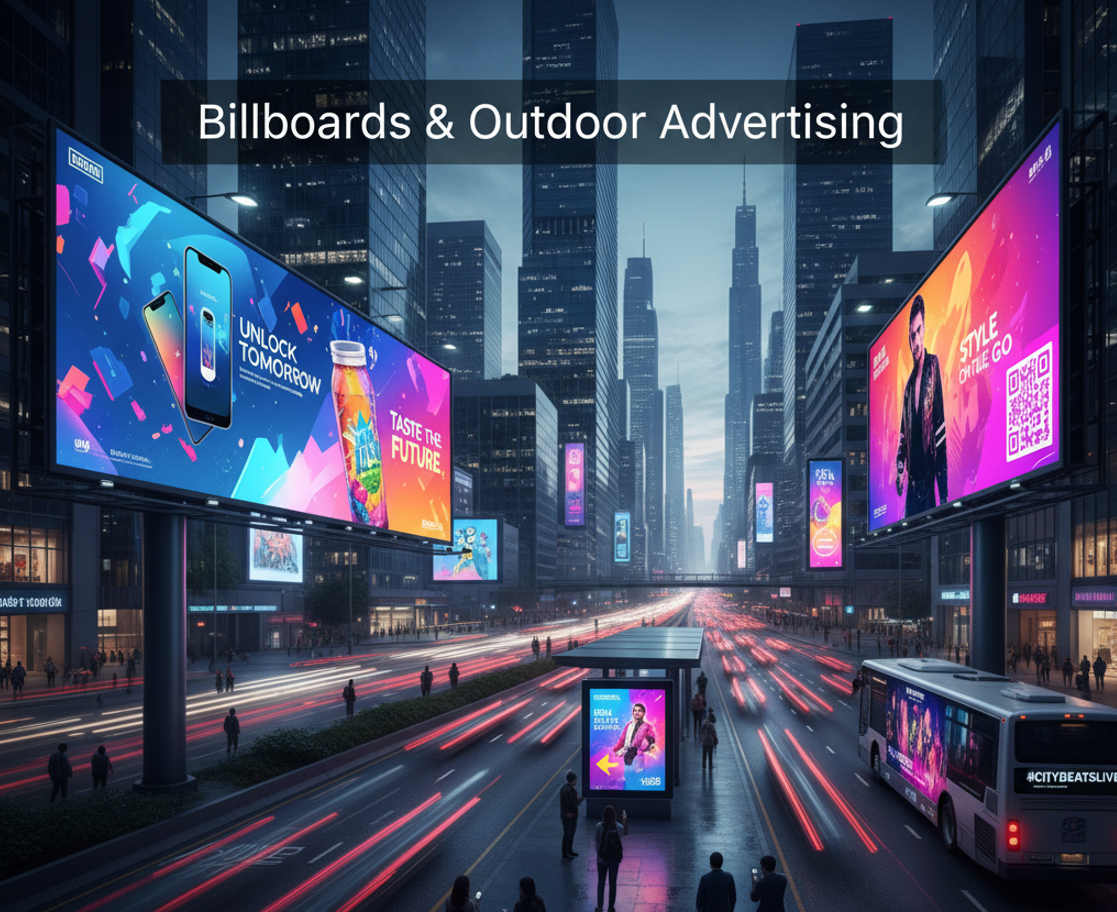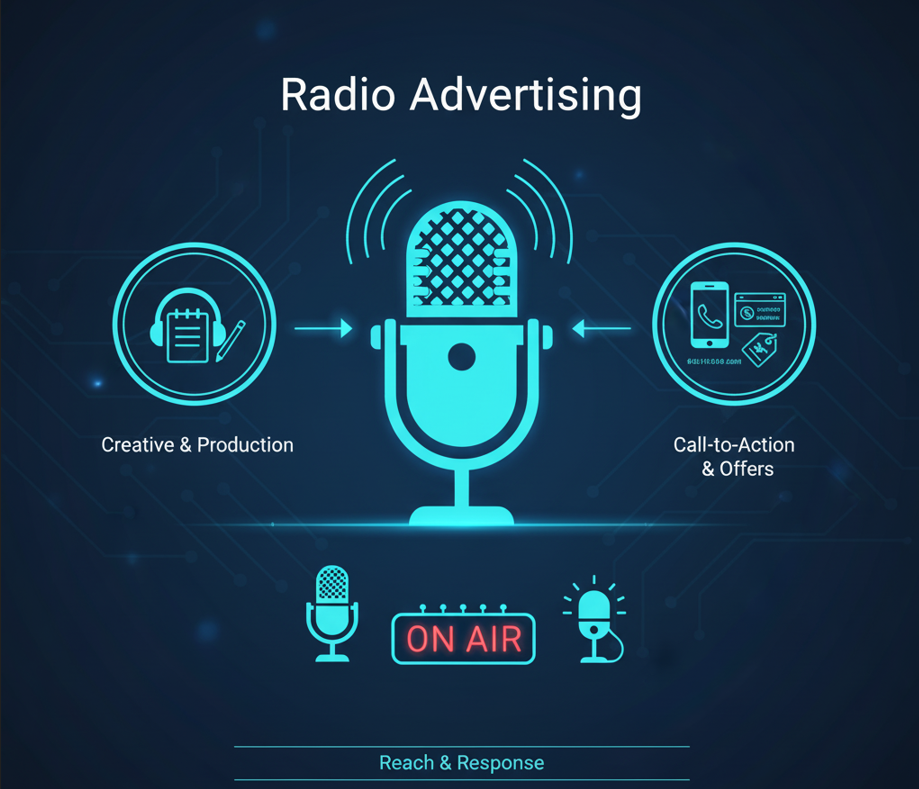In an increasingly digital world, brands are inundated with endless online marketing strategies—yet traditional marketing tactics remain as relevant as ever. Tangible, memorable, and often less crowded than digital channels, offline approaches can help companies cut through the noise and build stronger connections with their audience. In this article, we explore ten timeless traditional marketing tactics that modern brands can integrate into their marketing mix. From direct mail campaigns to guerrilla marketing stunts, you’ll discover why these methods still work and how to implement them effectively for maximum ROI.
1. Direct Mail Campaigns
Direct mail may seem old-school, but when executed well, it grabs attention in ways email simply can’t. Personalized postcards, brochures, or catalogs delivered straight to your target’s mailbox feel more exclusive and tangible. Start by segmenting your mailing list according to demographics, purchasing behavior, or geographic location. Craft a clear, compelling offer and use eye-catching design elements like foil stamping or embossing to stand out. Include a strong call-to-action (CTA), whether it’s a QR code leading to a special landing page or a unique discount code. Track performance through response rates and integrate with your CRM to measure conversions and lifetime value.
2. Print Advertising in Magazines and Newspapers
Despite digital disruption, niche magazines and local newspapers retain loyal readerships. Identify publications that align with your target demographic—be it an industry journal, lifestyle magazine, or community paper. Design ads that balance strong visuals with concise messaging, highlighting your brand’s unique selling proposition (USP). Leverage premium ad placements such as the back cover or special inserts for higher visibility. Monitor readership data and request proofs of distribution to validate reach. When combined with online retargeting efforts, print ads can reinforce brand recall and drive cross-channel engagement.
3. Billboards and Outdoor Advertising

Outdoor advertising remains a powerful way to capture commuter and pedestrian attention. Billboards, bus shelters, and transit ads provide high-frequency impressions in strategic locations. Keep messaging short and visuals bold—drivers and passersby only have a few seconds to absorb your content. Use contrasting colors, large fonts, and minimal copy. Incorporate directional cues or simple QR codes for mobile engagement. Evaluate site traffic data to select high-traffic zones and measure impact by tracking uplift in branded search or location visits during the campaign period.
4. Trade Shows and Industry Events
Trade shows offer an immersive environment to showcase products, network, and generate qualified leads. Invest in an eye-catching booth design with professional signage, interactive demos, and branded giveaways. Train staff to engage attendees proactively, ask qualifying questions, and collect contact information. Schedule live presentations or workshops to position your brand as a thought leader. Follow up promptly with leads via personalized emails or phone calls. Measure success by the number of leads, meetings scheduled, and deals closed post-event.
5. Flyers, Brochures, and Door Hangers
Local distribution tactics like flyers, brochures, and door hangers are cost-effective ways to raise awareness in targeted neighborhoods. Work with a professional printer for high-quality materials and vibrant color. Clearly outline the benefits of your product or service, and include a strong offer or incentive. Use geo-targeted distribution services or partner with local businesses for co-branding opportunities. Track redemption rates through unique promo codes or tear-off coupons to evaluate ROI and refine future campaigns.
6. Networking and Community Sponsorship
Building relationships offline can lead to long-term customer loyalty. Participate in local business associations, chambers of commerce, or industry meetups to connect with peers and prospects. Sponsor community events, sports teams, or charity drives to enhance brand visibility and goodwill. Branded banners, T-shirts, or equipment at sponsored events serve as ongoing advertisements. Share event highlights on your digital channels to amplify reach and demonstrate community involvement. Track brand mentions and enquiries tied to sponsorships to justify continued investment.
7. Radio Advertising

Radio offers a broad reach and the ability to target specific demographics based on station format and time slots. Effective Radio Marketing relies on short, memorable scripts with a clear USP and CTA—whether it’s visiting a website, calling a number, or attending an in-store event. Use professional voice talent and quality sound design for credibility. Consider sponsoring popular segments or podcasts to align with listener interests. Monitor campaign effectiveness through dedicated phone lines, vanity URLs, or special offers mentioned on air.
8. Telemarketing and Cold Calling
When done with respect for privacy and regulations, telemarketing can yield qualified leads quickly. Develop targeted call lists based on clean, permission-compliant data. Train callers on conversational scripts that focus on solving customer pain points instead of hard selling. Use CRM software to log call outcomes and schedule follow-ups. Offer incentives like free consultations or product samples to spark interest. Regularly review performance metrics—connect rates, conversion rates, and call durations—to fine-tune your approach.
9. In-Store Promotions and Point-of-Sale Displays
Physical retail environments provide fertile ground for impulse purchases. Design eye-catching point-of-sale (POS) displays, shelf talkers, and promotional signage that highlight special offers or new products. Train retail staff to cross-sell and upsell, and equip them with branded collateral to hand out. Host in-store events like product demos, tastings, or workshops to draw foot traffic. Measure impact by tracking incremental sales, redemption of in-store coupons, and customer feedback.
10. Guerrilla Marketing and Street Teams
Guerrilla marketing leverages creativity and surprise to generate buzz on a budget. Street teams can distribute branded merchandise, host flash mobs, or create interactive installations in high-traffic areas. Ensure activities align with your brand personality and local regulations. Capture the stunts on video and share highlights on social media to extend reach. Monitor media mentions, user-generated content, and spikes in web traffic to gauge success and inform future creative concepts.
Conclusion
Traditional marketing tactics remain vital components of a well-rounded marketing strategy. By blending offline techniques like direct mail, trade shows, and guerrilla campaigns with your digital efforts, you’ll create a cohesive brand experience that resonates across channels. Track performance through unique codes, dedicated URLs, and thorough analytics to optimize campaigns over time. Embrace these ten time-tested tactics to diversify your marketing mix, boost ROI, and forge deeper connections with your target audience.
Learn more about: How to Use Traditional Media to Promote a New Product Launch









